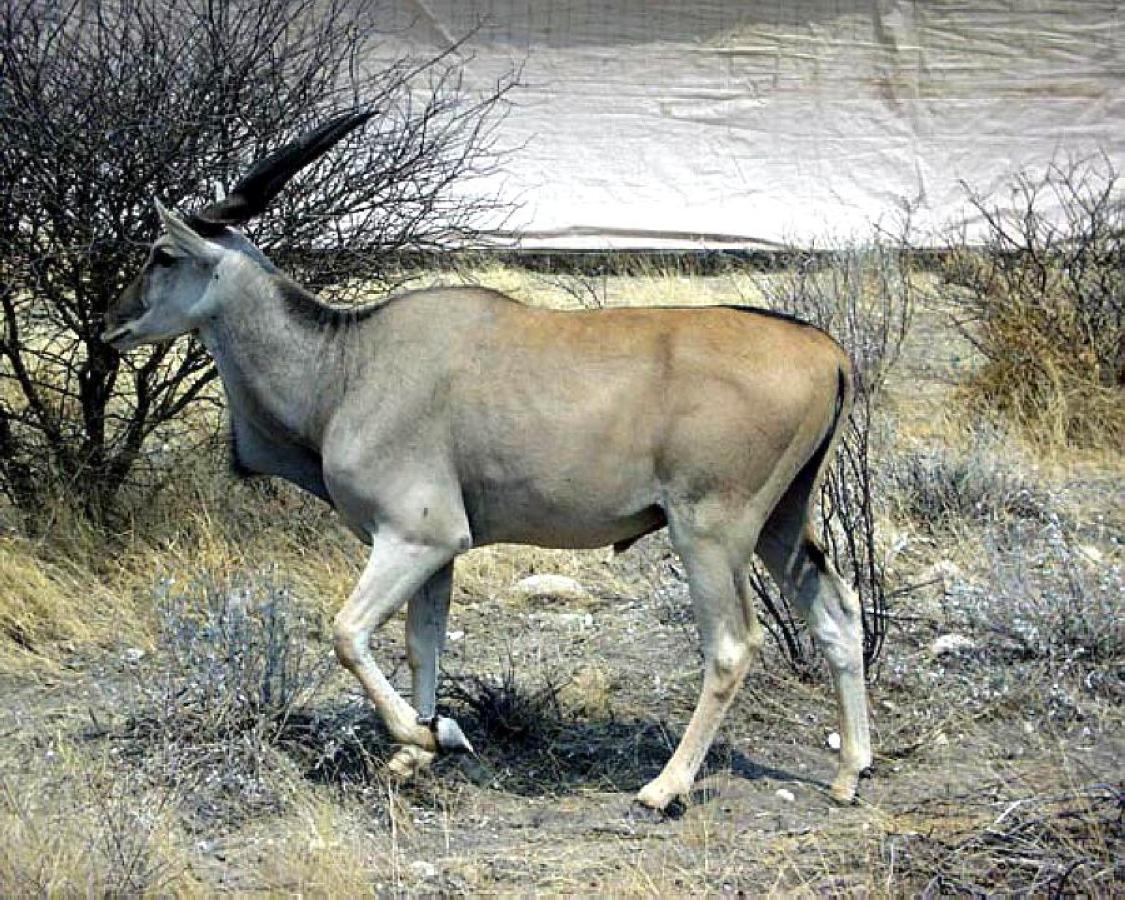
They were generally found in the arid borders between the Sahara and the Sahel in regions with rolling dunes and grassy steppes. The scimitar-horned oryx were at one time found in desert to sub-desert region of North Africa from Senegal to central Sudan. During the wet season, herds would migrate north into the Sahara, returning south to the Sahel as the dry season approached.

Herds are usually led by a dominant male, unlike other oryx species, solitary males are seldom seen. During the daytime and at dawn or dusk, Oryx antelopes are always looking for shade and rest, which also greatly increases the probability of a sighting.The scimitar-horned oryx is an extremely gregarious species of antelope once normally found in herds of up to 70 individuals, though herds of thousands of animals would formerly gather for migrations and after rainfalls. These animals can be observed at the Arabian Oryx Sanctuary Center. Poaching is still going on today, but the Omani government is taking strong protective measures and has fenced in a huge area for this purpose.Ĭurrently, there are over three hundred antelopes in the Jiddat al Harris Region. Although this site was included in the list of UNESCO World Heritage sites in 1994, it was canceled in 2007 because the area of pasture lands had decreased substantially. To this day, the Arabian Oryx live in their protected area in the Jiddat al-Harris region in the middle of Oman. In 1979, the government led by Sultan Qaboos initiated a project to reintroduce and release the Oryx into the deserts of Oman. The animals living there are now regarded as a world reserve to supplement all living Oryx antelopes. Fortunately, a few years ago, an animal conservation program was launched in the USA to prevent their complete eradication. Recently, with the arrival of four-wheel-drive vehicles, poachers have also reached remote desert areas and since 1972 have hunted into extinction almost all wild Oryx on the Arabian Peninsula. However, extreme poaching by foreign and domestic hunters led to the undoing of all Oryx living there. Originally, the Arabian Oryx were found throughout the Arabian Peninsula as far away as the Sinai Peninsula. Usually, the Oryx feed on dry shrubs, buds, leaves or grasses. If necessary, the animals can cover their fluid requirements with the moisture that accumulates in the fur of other animals. For survival, the Oryx antelope obtains its required moisture by absorbing the morning dew or through food intake. Like other desert animals, Arabian Oryx antelopes are perfectly adapted to their habitat and require very little fluid. In the bright sunlight and constant heat haze of the desert, the animals are incredibly hard to spot and blend in perfectly with the landscape.

Their light coat color is owed to their adaptation to their habitat. A typical identifying feature of the Oryx is the dark brown and white head decoration. Arabian Oryx antelopes have a shoulder height of up to 100 cm, a horn length of up to 70 cm and can reach a weight of just under 80 kg. The characteristics of the Oryx antelopes are their very bright coats and their spirally curved horns. Hence, Oman is part of the original habitat of the Oryx antelopes. Its natural habitat includes semi-arid and arid landscapes, such as those found on the Arabian Peninsula. Within the animal kingdom, the rare Oryx antelope belongs to the subfamily of horse goats and thus forms its own subspecies.


 0 kommentar(er)
0 kommentar(er)
